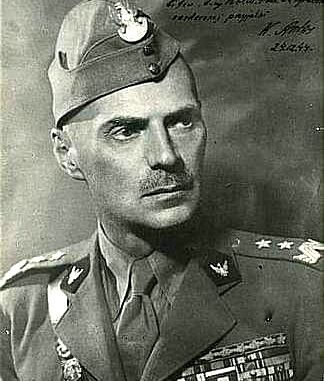
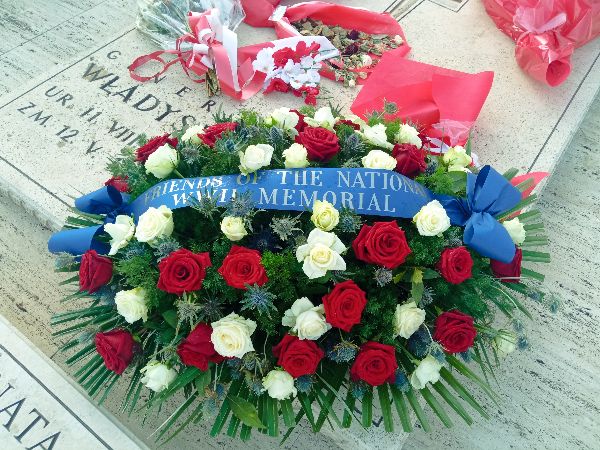
Katyn massacre described by General Wladislaw Anders
On 17th September 1939 the Soviet troops invaded Poland pretending the the Polish estate was dissolved and all the peace treaties signed on 25th July 1932 and then again on 5th May 1934 were not valid anymore. The Russia pretended that the Polish Army was dissolved instead when the armata rossa joined the Polish soil 25 Polish Division were fighting and resisting to the German attack.
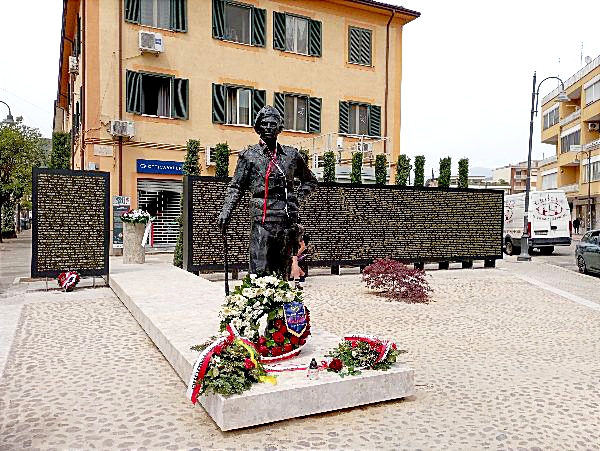
The Russian troops treated the Polish soldiers and the civilians in the same way. They killed people with out any reason and were particolar nasty with people that tried to resist. The Russians convinced the Polish Army that the only solution was to surrend , but After they were take prisoners they were deported by train to the Russians soil. The prisoners, mostly officers of the Polish Army, were transported to 3 different camps: Kozielsk, Starobielsk and Ostashkov.
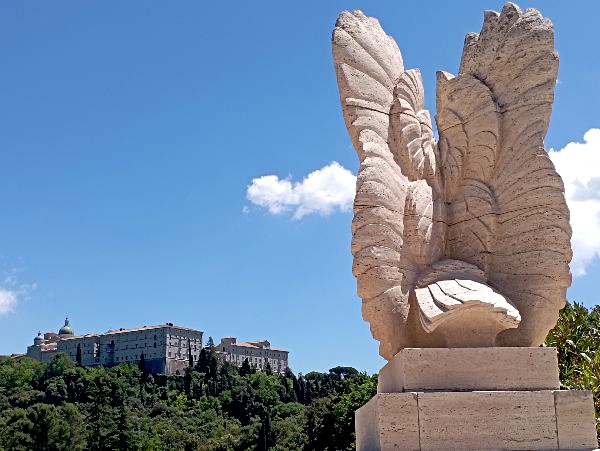
On November 1939 the Camp of Zozielsk was very crowded. 5000 officers were staying in this old monastery transformed in a Camp. There were not only officiers, but also 20 professors of universities, 300 doctors several hundreds of lawyrs, engeneers, writes, businessmen. At Starobielsk, again a monastery, the officiers were 4000. Also Ostashkov was an old monastery and in Aprile 1940 the Poles living there were 6500.
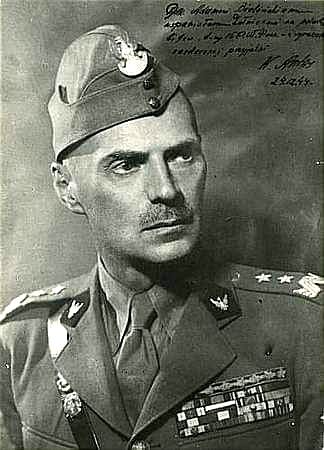
The Polish prisoners arrested and transported to the 3 camps at the beginning of 1940 were about 15.000, but when Russia changed its mind and joined the Allied side those that were found again were only 400. In general about 14.500 Polish prisoners and between them about 8.000 officiers disappeared. It was the 97% of the Polish prisoners. Befor the disappearing of all this people, the NKVD interviewed all the prisoners even several times, and put huge propaganda posters to re-educate the prisoners.
In these camps It was impossible to prey. The Russians didn’t want the Poles to meet and to pray together. That’s why some days before Christmas 1939 quite all the Polish chapleins vanished without a trace. In Aprile 1940 the Russians stated to close these 3 camps, and all this work was made in 4 or 5 weeks. At the beginning of May 1940 the campus were empty.
A new small Camp was built, called Pavlishchev Bor, were about 4 hundreds prisoners were close. There were the only ones that survived and could report what had happened in the 3 formers camps. These lucky 400 were then liberated il 1941.
